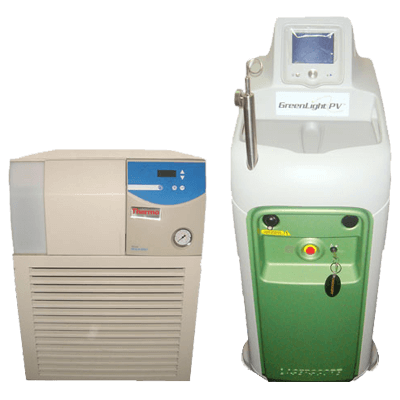- Mon - Fri 09:00am - 08:00pm
- Call Us: 022-2388 3764 | 9819272243
- abidr07@gmail.com

The prostate gland is about the size of a walnut and surrounds the neck of a man's bladder and urethra—the tube that carries urine from the bladder. It's partly muscular and partly glandular, with ducts opening into the prostatic portion of the urethra. It's made up of three lobes, a center lobe with one lobe on each side.
As part of the male reproductive system, the prostate gland's primary function is to secrete a slightly alkaline fluid that forms part of the seminal fluid (semen), a fluid that carries sperm. During male climax (orgasm), the muscular glands of the prostate help to propel the prostate fluid, in addition to sperm that was produced in the testicles, into the urethra. The semen then travels through the tip of the penis during ejaculation.
Researchers don't know all the functions of the prostate gland. However, the prostate gland plays an important role in both sexual and urinary function. It's common for the prostate gland to become enlarged as a man ages, and it's also likely for a man to encounter some type of prostate problem in his lifetime.
Many common problems that don't require a radical prostatectomy are associated with the prostate gland. These problems may occur in men of all ages and include:
Benign prostatic hyperplasia (BPH). This is an age-related enlargement of the prostate that isn't malignant. BPH is the most common noncancerous prostate problem, occurring in most men by the time they reach their 60s. Symptoms are slow, interrupted, or weak urinary stream; urgency with leaking or dribbling; and frequent urination, especially at night. Although it isn't cancer, BPH symptoms are often similar to those of prostate surgery.
